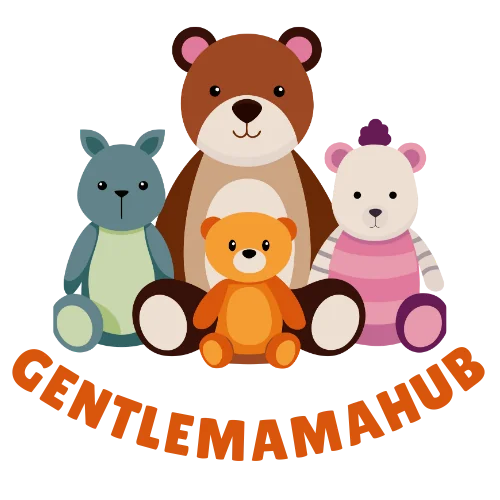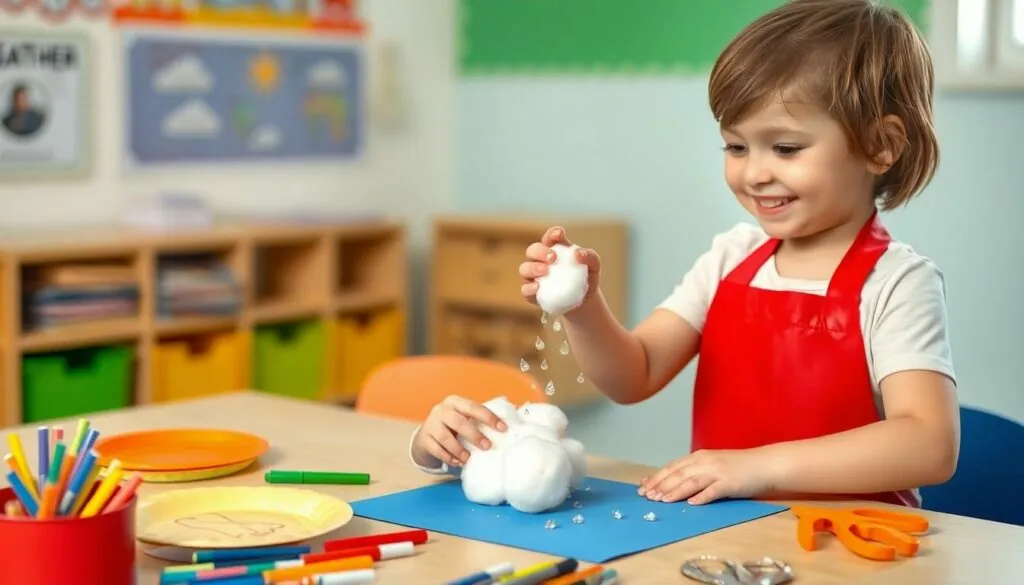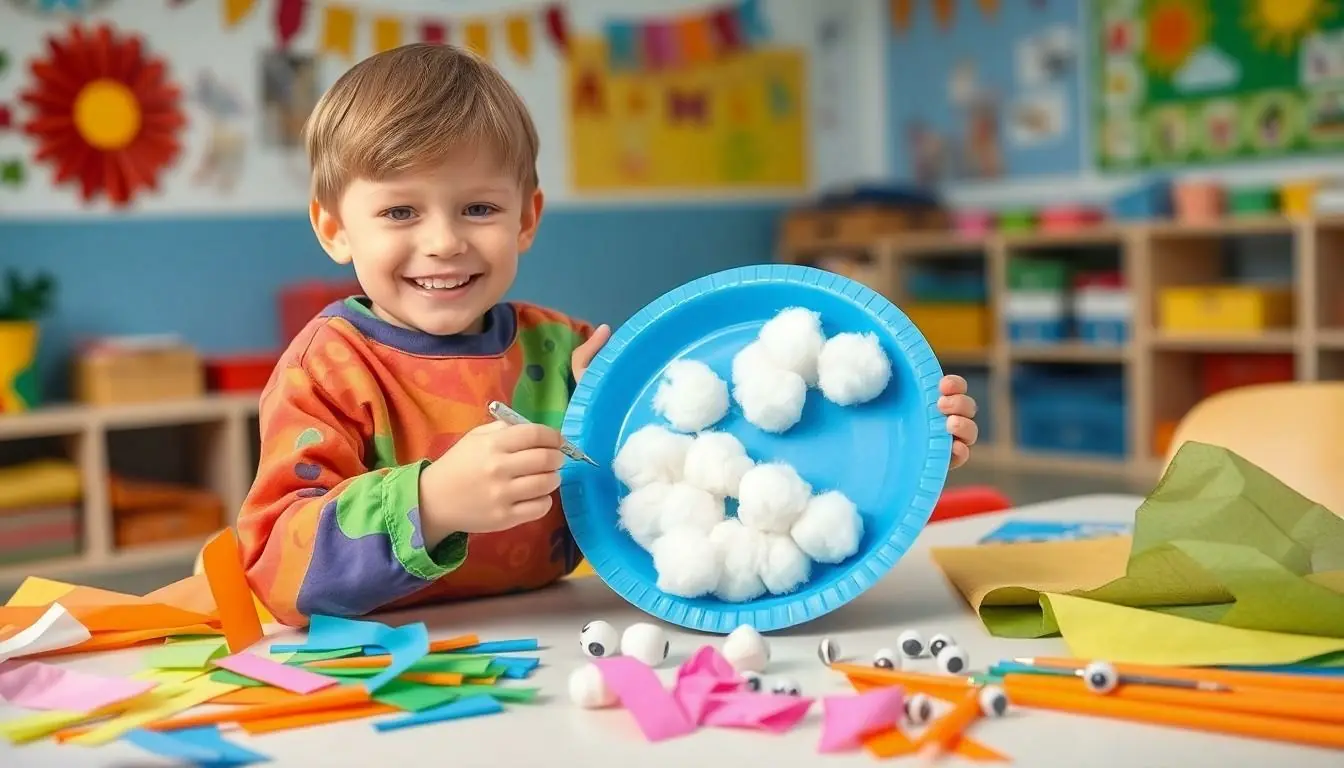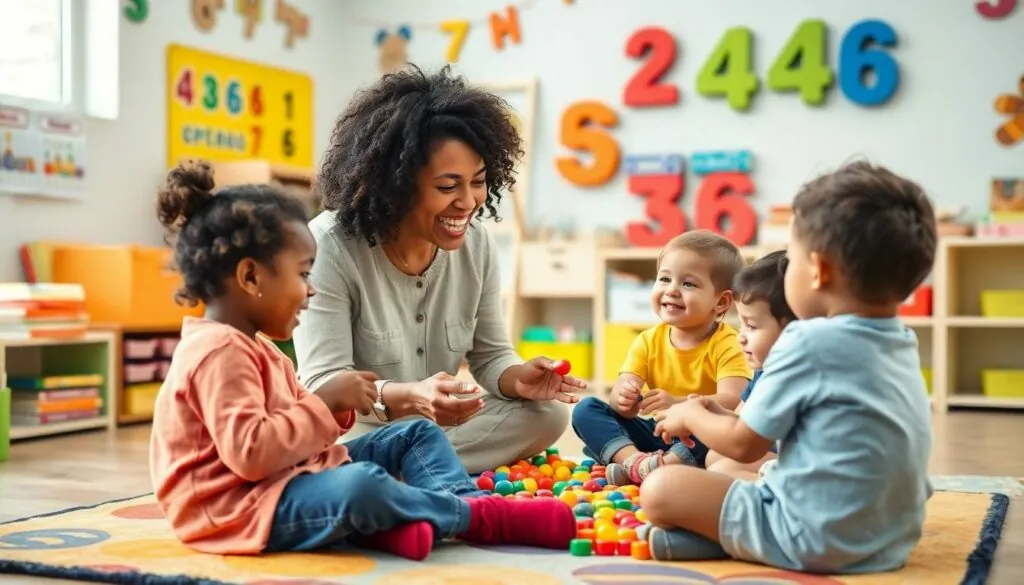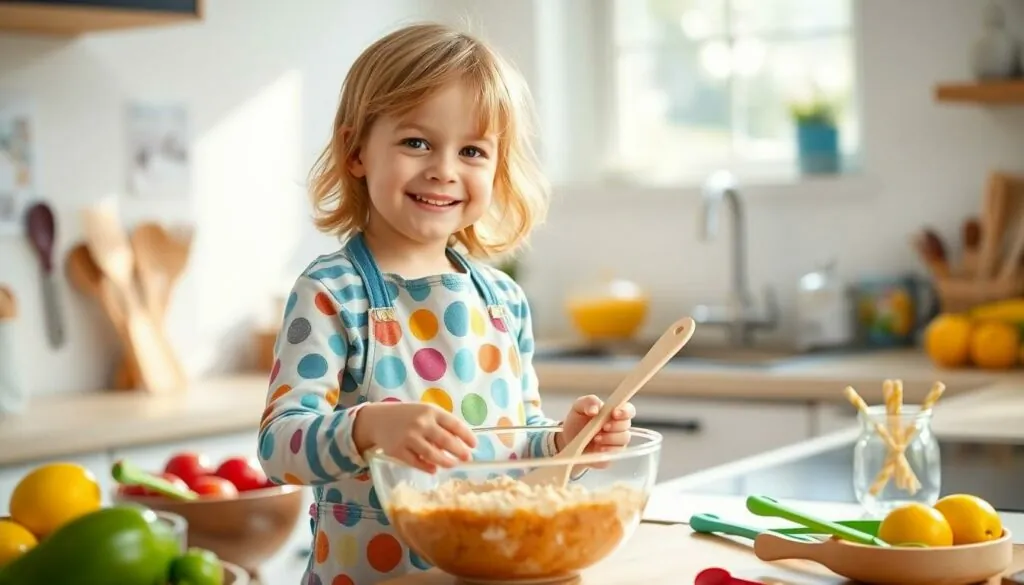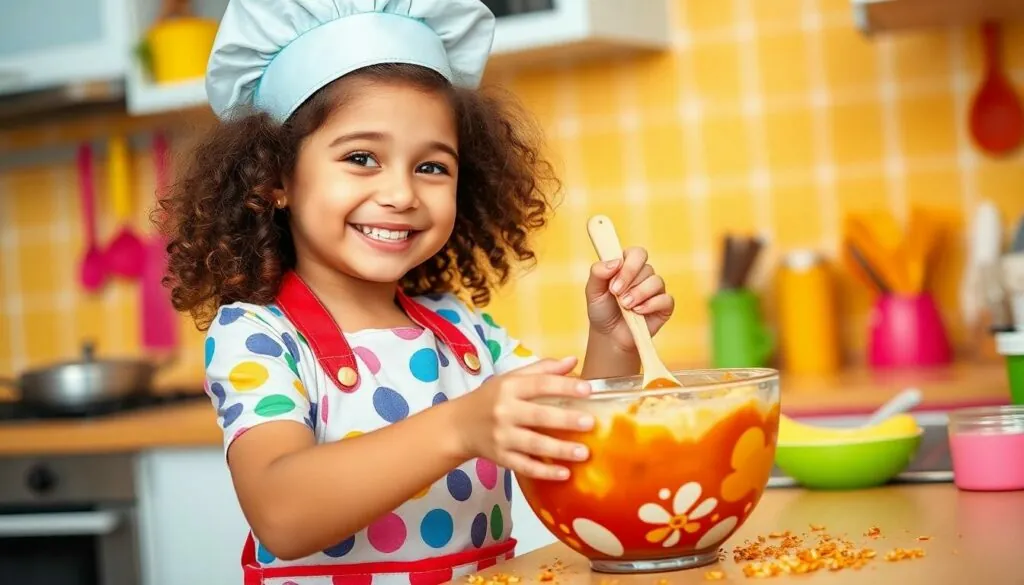Table of Contents
ToggleTiny hands and curious minds love exploring the wonders of weather through creative crafts. From fluffy cotton ball clouds to colorful paper plate rainbows these weather-themed activities keep preschoolers engaged while teaching them about nature’s fascinating phenomena.
Weather crafts offer the perfect blend of education and entertainment for young learners. They’ll discover how rain falls build their own weather stations and create stunning sun catchers all while developing essential fine motor skills. These hands-on activities make learning about meteorology fun and memorable helping little ones understand complex weather concepts in simple tangible ways.
What Are Weather Crafts and Why They Matter for Early Learning
Weather crafts transform meteorological concepts into tactile learning experiences for preschoolers. These hands-on activities include creating paper plate suns, cotton ball clouds, rain gauges from recycled materials or colorful weather wheels.
Educational benefits of weather crafts include:
- Developing fine motor skills through cutting, gluing, coloring
- Building weather vocabulary through active engagement
- Strengthening pattern recognition with weather sequences
- Enhancing observation skills by matching crafts to real weather
- Promoting scientific thinking through weather-related discussions
Weather crafts connect abstract concepts to concrete experiences in these ways:
- Painting raindrops helps children understand precipitation
- Crafting windsocks demonstrates air movement
- Creating thunderstorm art explores cause and effect
- Building thermometers teaches temperature awareness
| Skill Area | Development Through Weather Crafts |
|---|---|
| Cognitive | Weather pattern recognition |
| Motor | Hand-eye coordination |
| Language | Weather vocabulary expansion |
| Social | Group craft participation |
| Science | Basic meteorology concepts |
Children process weather phenomena through creative expression while developing essential early learning skills. The multi-sensory nature of weather crafts engages different learning styles simultaneously – visual learners see the craft materials, kinesthetic learners manipulate objects, auditory learners discuss weather concepts.
These activities create memorable connections between daily weather observations and scientific understanding. Preschoolers learn to associate sunny days with warm temperatures or cloudy skies with potential rain through hands-on craft experiences.
Essential Materials for Weather-Themed Crafts
Creating weather-themed crafts requires a combination of common craft supplies and specialized materials that represent different weather elements. These materials enable preschoolers to explore weather concepts through hands-on activities while developing their creative abilities.
Basic Craft Supplies
- Construction paper in multiple colors for rainbows, suns clouds
- Child-safe scissors designed for small hands
- Washable markers, crayons paint sets
- White glue sticks adhesive tape
- Paper plates bowls cups for craft bases
- Pom poms pipe cleaners craft sticks
- Safety scissors rounded tip paintbrushes
- Googly eyes sequins glitter
- Large craft buttons beads string
- Drawing paper cardstock cardboard
Weather-Specific Materials
- Cotton balls cotton batting for cloud formations
- Blue tissue paper cellophane for rain water
- Yellow orange tissue paper for sun rays
- Clear plastic bottles for rain gauges
- Aluminum foil for lightning bolts storms
- Coffee filters for tie dye rain effects
- Paper fasteners for movable weather wheels
- Crepe paper streamers for wind crafts
- Sand pebbles for texture activities
- Recycled materials (containers cups straws)
Each material serves a specific purpose in weather craft creation enabling preschoolers to represent different meteorological elements through tactile exploration learning.
Rainbow and Sun Crafts for Bright Days
Sunny weather activities inspire colorful crafts that capture children’s imagination while teaching them about light refraction and solar energy. These vibrant projects combine sensory exploration with scientific discovery.
Paper Plate Rainbow Art
Paper plate rainbows transform simple materials into spectacular displays of color. Preschoolers start by painting curved stripes on white paper plates using the traditional rainbow sequence: red, orange, yellow, green, blue, purple. Cotton balls glued at each end create fluffy clouds, while tissue paper strips attached below simulate falling rain. This craft incorporates texture exploration through different materials while reinforcing color recognition skills. Teachers add glitter to specific sections for enhanced visual appeal, making each rainbow unique. Children learn color sequencing through hands-on participation in creating these three-dimensional weather displays.
Sunshine Handprint Paintings
Handprint paintings create personalized representations of the sun’s warming rays. Children dip their palms in yellow paint, pressing them onto blue construction paper in a circular pattern around a central point. Small fingers spread outward form the sun’s rays, while thumb prints create interest points between the larger handprints. Orange paint details added to the center enhance the dimensional effect. This activity strengthens fine motor control through precise hand placement while teaching concepts about light radiation. Teachers incorporate counting exercises by helping students track the number of handprints used to complete their sun.
Rainy Day Weather Projects
Rainy day weather crafts transform indoor activities into educational experiences for preschoolers. These projects combine creativity with meteorological learning while developing fine motor skills.
Cotton Ball Rain Clouds
Cotton ball rain clouds teach preschoolers about precipitation through tactile exploration. Children glue cotton balls onto blue construction paper to form fluffy clouds, then add falling raindrops using silver glitter glue or blue paint droplets. The craft incorporates paint mixing techniques by combining white and blue colors to create different rain cloud shades. Preschoolers learn weather vocabulary terms like “precipitation” “condensation” while arranging cotton balls in cloud formations. Adding string or yarn beneath the clouds creates dimensional rain effects, enhancing spatial awareness understanding.
Umbrella Decorating Activities
Preschoolers express creativity by decorating paper umbrella cutouts with weather-themed elements. Children use fingerpaints to create raindrop patterns on pre-cut umbrella shapes, practicing color mixing with blue and white paint. The activity includes attaching sequins or stickers to represent rain sparkles falling around the umbrella. Teachers incorporate counting exercises by having children add specific numbers of raindrops or decorative elements. Umbrella handles made from pipe cleaners allow children to practice twisting and bending materials, developing hand strength and dexterity. This craft connects to discussions about rain gear and weather protection.
Winter Weather Craft Ideas
Winter weather crafts transform cold-weather concepts into engaging activities for preschoolers. These projects combine sensory exploration with basic science learning to help children understand winter phenomena.
Snowflake Paper Cutting
Paper snowflake cutting introduces preschoolers to geometric patterns through folding white paper into triangles. Children create unique designs by snipping small shapes along the folded edges with safety scissors. The unfolding process reveals symmetrical patterns that mirror real snowflakes found in nature. Teachers enhance this activity by incorporating counting exercises for the number of points on each snowflake or identifying different shapes in the cutouts. Adding glitter glue or metallic paint to the finished snowflakes creates sparkle effects that capture light similar to real snow crystals. This craft connects mathematical concepts like symmetry with natural weather phenomena while developing fine motor skills.
Cotton Ball Snowman Art
Cotton ball snowmen bring three-dimensional texture to winter weather learning. Preschoolers arrange three cotton balls in descending sizes on blue construction paper to form the basic snowman shape. Small buttons or craft foam circles create facial features eyes nose. Pipe cleaners form arms while paper scraps make hats scarves accessories. Teachers incorporate vocabulary building by discussing winter clothing terms as children decorate their snowmen. The tactile experience of manipulating cotton balls strengthens finger muscles essential for writing skills. This craft integrates counting practice through adding buttons or determining how many cotton balls create each snowman section.
Weather Tracking Activities for Little Ones
Weather tracking activities transform meteorological observations into interactive learning experiences for preschoolers. These hands-on projects combine science education with creative expression.
DIY Weather Station
A basic weather station includes four simple components for daily weather monitoring. Preschoolers create a rain gauge using a clear plastic bottle marked with measurement lines in inches or centimeters. A pinwheel made from construction paper demonstrates wind direction while a paper plate thermometer displays temperature changes through movable arrows. Children record daily observations in a weather journal using stickers or drawings to mark sunshine clouds or rain. This interactive setup teaches measurement skills weather patterns scientific observation.
Weather Calendar Craft
A weather calendar craft features a large monthly grid with designated spaces for daily weather symbols. Preschoolers attach weather-themed cutouts such as paper suns cotton ball clouds or felt raindrops to mark each day’s conditions. The calendar includes a pocket chart containing weather symbol cards sorted by type: sunny cloudy rainy snowy windy. Children practice pattern recognition by tracking weather changes throughout the month counting specific weather types documenting temperature variations. This visual tracking system reinforces number sequencing time concepts weather vocabulary.
Conclusion
Weather crafts offer preschoolers an exciting gateway to understanding meteorological concepts through hands-on exploration. These creative activities transform complex weather phenomena into engaging learning experiences that develop essential skills while fostering curiosity about the natural world.
By incorporating weather-themed crafts into early childhood education parents and teachers can create meaningful connections between scientific concepts and artistic expression. These activities not only make learning fun but also lay a strong foundation for future scientific understanding and creative thinking.
Getting started with weather crafts is simple affordable and rewarding. With basic craft supplies and a dash of creativity preschoolers can embark on an exciting journey of weather discovery that’ll spark their imagination and nurture their development.
